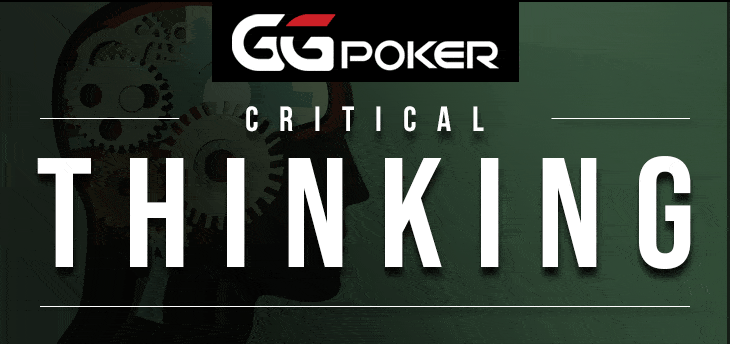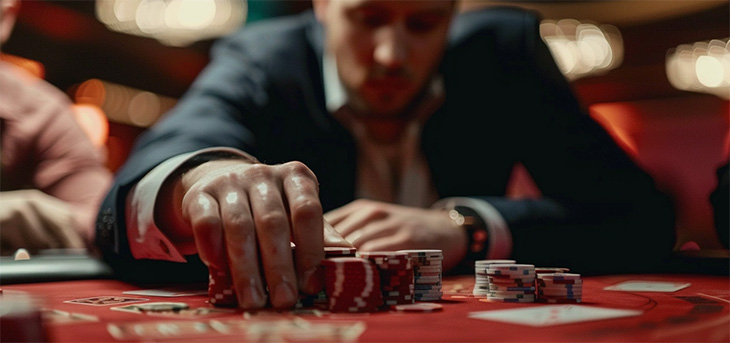At the core of every reasoned decision and insightful analysis lies the art of critical thinking, a jewel in the crown of intellectual pursuits. It’s not merely a skill but a disciplined process of evaluating information and arguments, discerning between fact and opinion, and arriving at conclusions grounded in evidence and logic. Critical thinking is the act of engaging with ideas in a deep, reflective manner, questioning assumptions, and exploring various perspectives with an open yet skeptical mind. It involves a meticulous synthesis of observation, experience, reflection, reasoning, and communication, aimed at deciding what to believe or how to act. This intellectual endeavor challenges learners to not only understand the content at hand but to apply a higher level of scrutiny, analyzing the validity of their sources, the strength of their arguments, and the implications of their conclusions. In essence, critical thinking empowers individuals with the ability to navigate the complexities of the world with clarity, precision, and confidence, making it an indispensable tool in both academic and real-world contexts.
In the vast expanse of educational techniques, poker emerges as an unexpectedly powerful teaching tool, bridging the gap between theoretical concepts and the practical application of critical thinking skills. At first glance, poker might seem like an unconventional classroom resource yet its rich tapestry of strategy, psychology, and decision-making offers a unique mirror to the complexities of real-world problem-solving.
A Deck of Decisions: Navigating Betting Rounds
At its heart, poker is a game of decisions. Every fold, call, or raise involves careful calculation, weighing risks, and evaluating potential rewards. As the game unfolds, players engage in betting rounds—from the pre-flop to subsequent phases where community cards are revealed—each stage adding layers of strategy as players decide to bet, raise, or fold. This continuous decision-making mirrors the critical thinking skills essential in life’s many challenges. Through poker, students learn to assess situations, gauge probabilities, and make decisions with limited information. This dynamic environment encourages them to weigh options thoughtfully, foresee possible outcomes, and make informed choices—core elements of critical thinking.

The Bluffing Game in Poker: A Study in Psychology and Persuasion
Poker transcends numerical analysis and enters the realm of psychology through the art of bluffing. In the final betting round, especially in Texas Hold’em, players face their last chance to place bets, often using large wagers and well-timed bluffs to sway outcomes. Here, players must read cues, interpret behavior, and influence their opponents—skills that prove invaluable in both personal and professional realms. This aspect of poker teaches students to consider more than just the cards at hand; they learn to account for the human factor, building empathy and the ability to view situations from multiple perspectives. Such a nuanced grasp of human behavior sharpens one’s capacity to handle complex social interactions and conflicts.
Risk Management and Emotional Resilience
One of the most tangible lessons poker imparts is the management of risk. Each decision in poker carries a consequence, mirroring the stakes involved in real-life decisions. By engaging in poker-based learning, students confront the realities of risk, learning to assess and manage it effectively. The high-stakes betting strategy of going ‘all in,’ where players bet all their remaining chips, exemplifies this risk management. Furthermore, poker teaches emotional resilience—the ability to remain composed and make rational decisions under pressure. These experiences cultivate a mindset that values calculated risk-taking and emotional stability, qualities that are crucial for successful navigation through life’s uncertainties.
Probability and Math in Action: Understanding Hand Rankings
Poker offers a compelling way to bring mathematical concepts to life. Calculating odds, understanding probabilities, and analyzing the statistical likelihood of various outcomes are all integral to poker strategy. Constructing hands from just five cards adds complexity, increasing uncertainty and making strategic betting decisions critical. Understanding hand rankings is essential in determining the likelihood of winning based on five-card combinations. This practical application of math demystifies abstract concepts, making them accessible and engaging. Students learn to apply mathematical reasoning to real situations, enhancing their analytical skills and fostering a deeper appreciation for the subject.
Developing Strategic Thinking and Adaptability
The strategic depth of poker, with its emphasis on long-term planning and adaptability, mirrors the strategic considerations of many life decisions. In Texas Holdem Poker, each player is dealt two cards at the start of the round, which are private. Players must develop a strategy based on the information available, adjust their plans in response to new information, and remain flexible in the face of unpredictability. This aspect of poker cultivates strategic thinking skills, encouraging students to plan, adapt, and think several steps ahead. These skills are invaluable not only in academic settings but also in personal and professional life, where strategic planning and adaptability are key to success.

Integrating Playful Learning
The incorporation of poker into the educational realm represents a broader shift towards embracing more interactive and engaging methods of learning. As one of the most popular and strategic card games, poker demands active participation, critical analysis, and the application of knowledge in ever-changing contexts. The dealer deals play a crucial role in managing the flow of the game by distributing cards in the pre-flop, flop, turn, and river stages, which significantly influences the course of play. Traditional approaches often emphasize rote memorization and the passive absorption of information, leaving little room for active engagement or the application of knowledge in dynamic situations. This transition towards more playful learning environments acknowledges the value of engagement, curiosity, and the practical application of skills in fostering deeper learning and retention. As students navigate the complexities of poker, they are not merely learning a game; they are engaging in a form of experiential learning that bridges the gap between theoretical knowledge and practical application. This method encourages learners to be more inquisitive, to question assumptions, and to view learning as an active and enjoyable pursuit. By adding this layer of playful learning to the educational mix, educators can create more vibrant and effective learning experiences that prepare students for the complexities of the real world.
Conclusion
Poker, with its rich blend of strategy, psychology, and decision-making, emerges as a potent tool for teaching critical thinking skills. By navigating the game’s complexities, students develop a toolkit of cognitive abilities—from analytical thinking and risk management to emotional resilience and strategic planning. This approach not only enriches students’ understanding of critical thinking but also prepares them for the unpredictable game of life, where decisions matter and thinking critically can make all the difference. In embracing poker as a teaching tool, educators can unlock a dynamic and engaging pathway to developing critical thinkers ready to face the challenges of the future.


